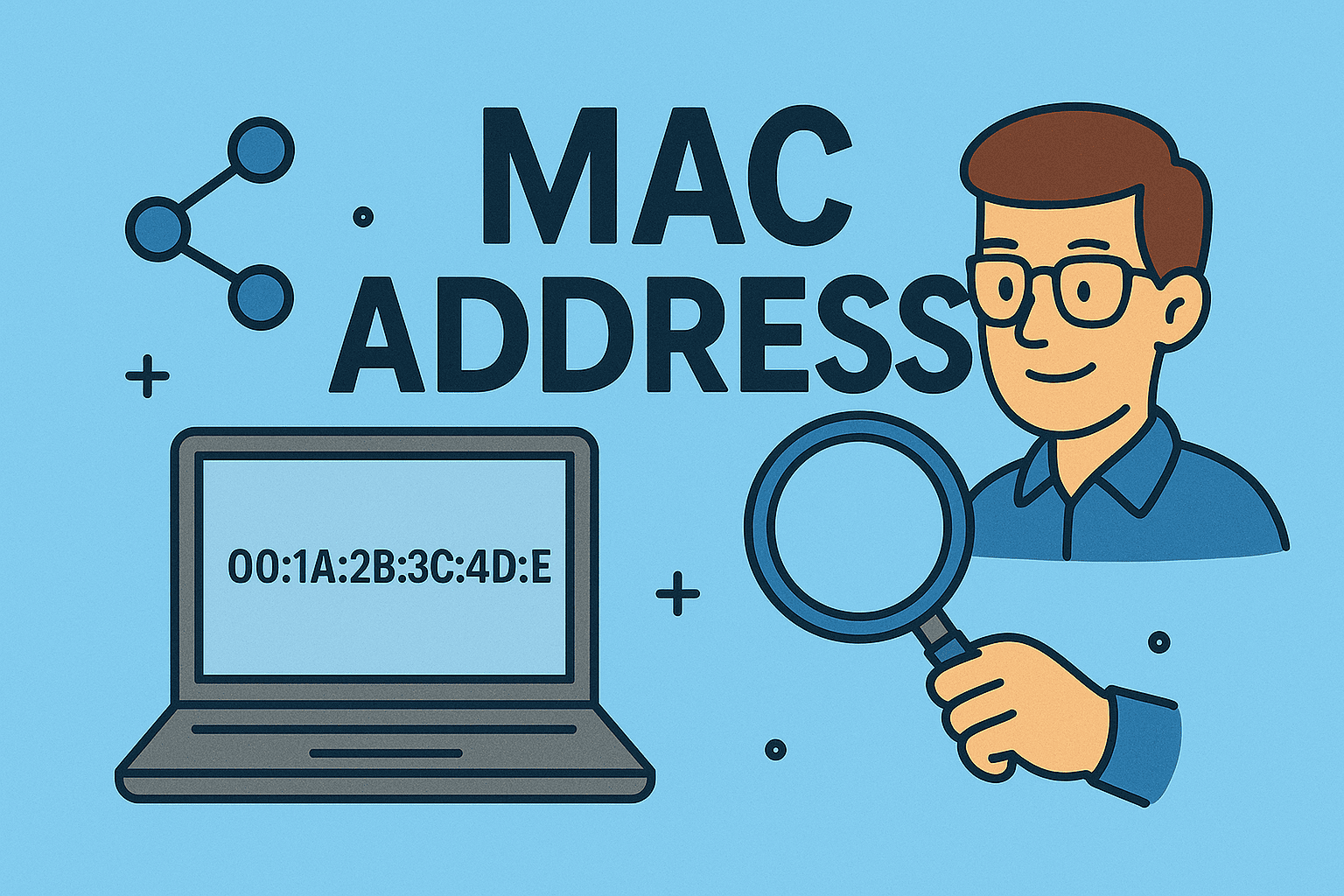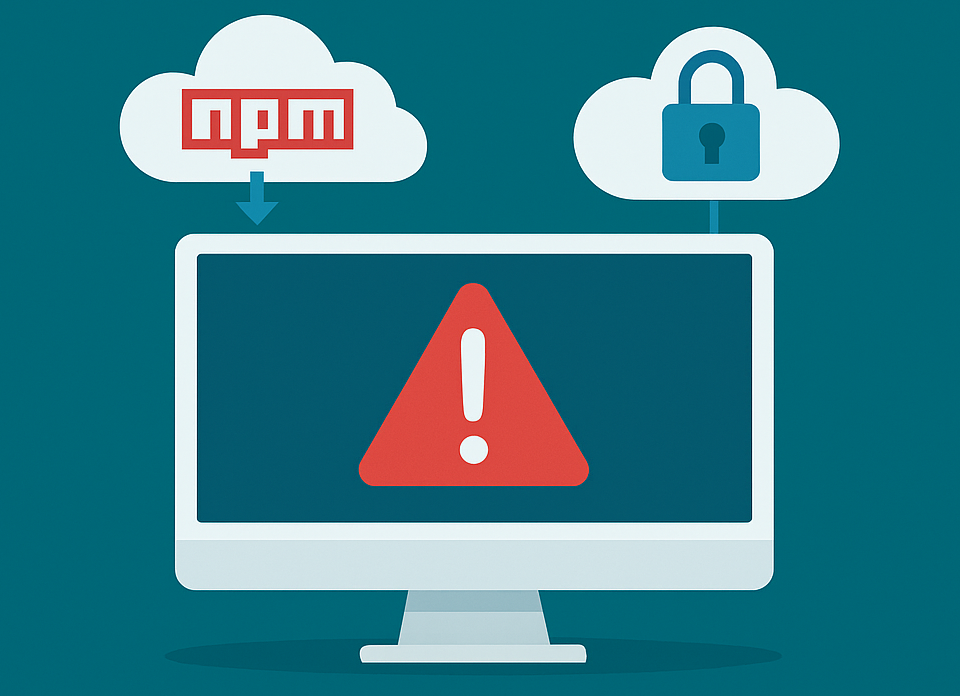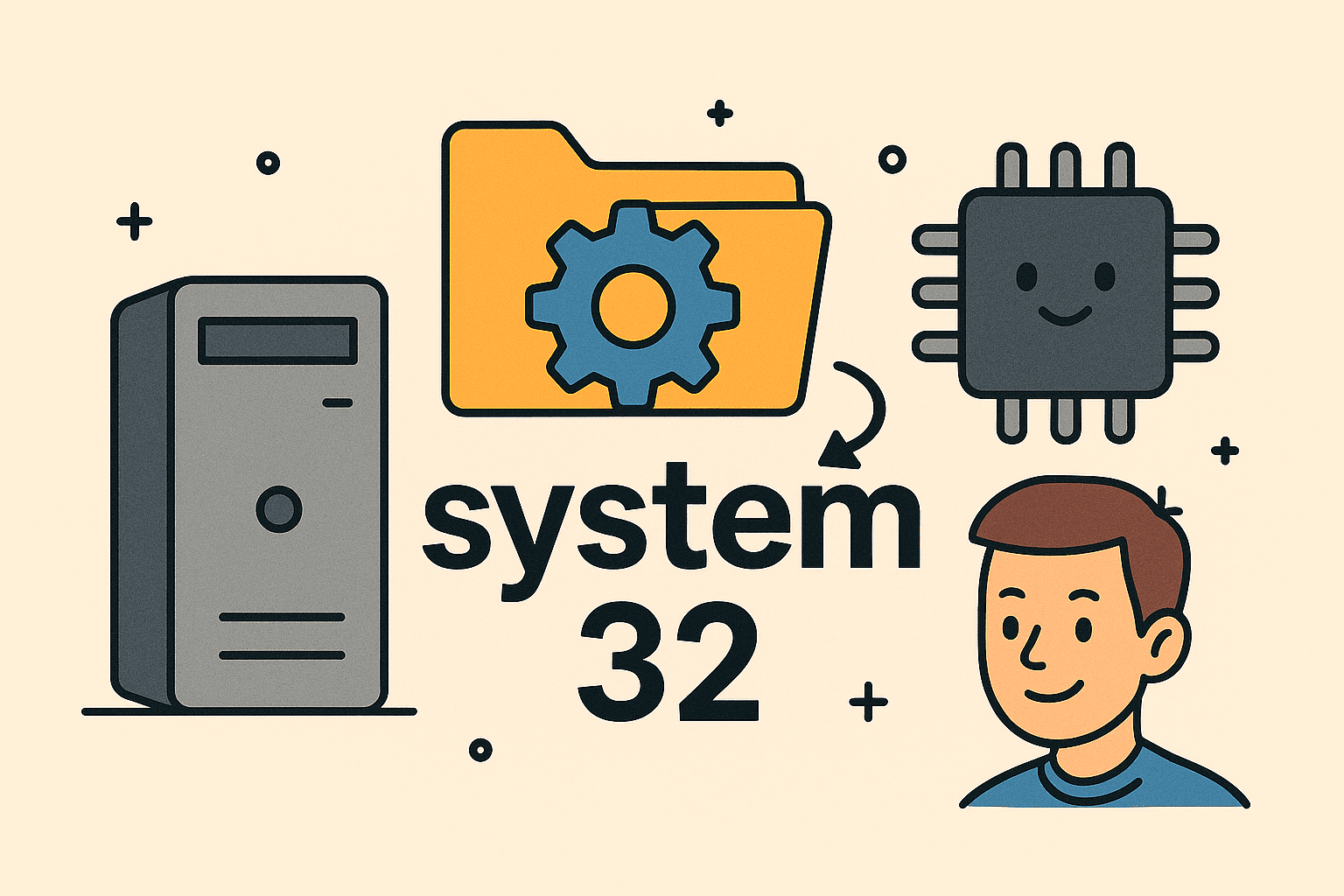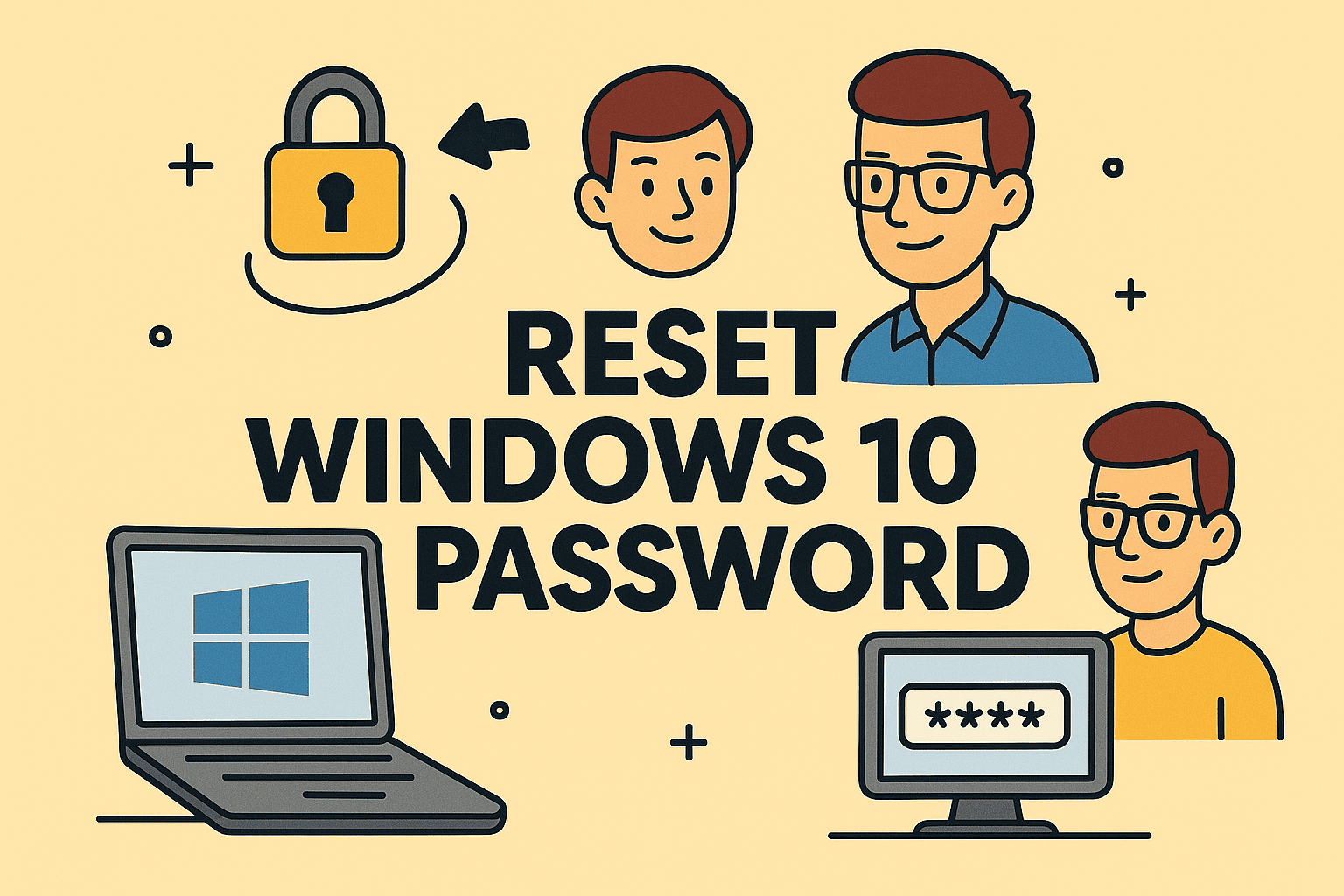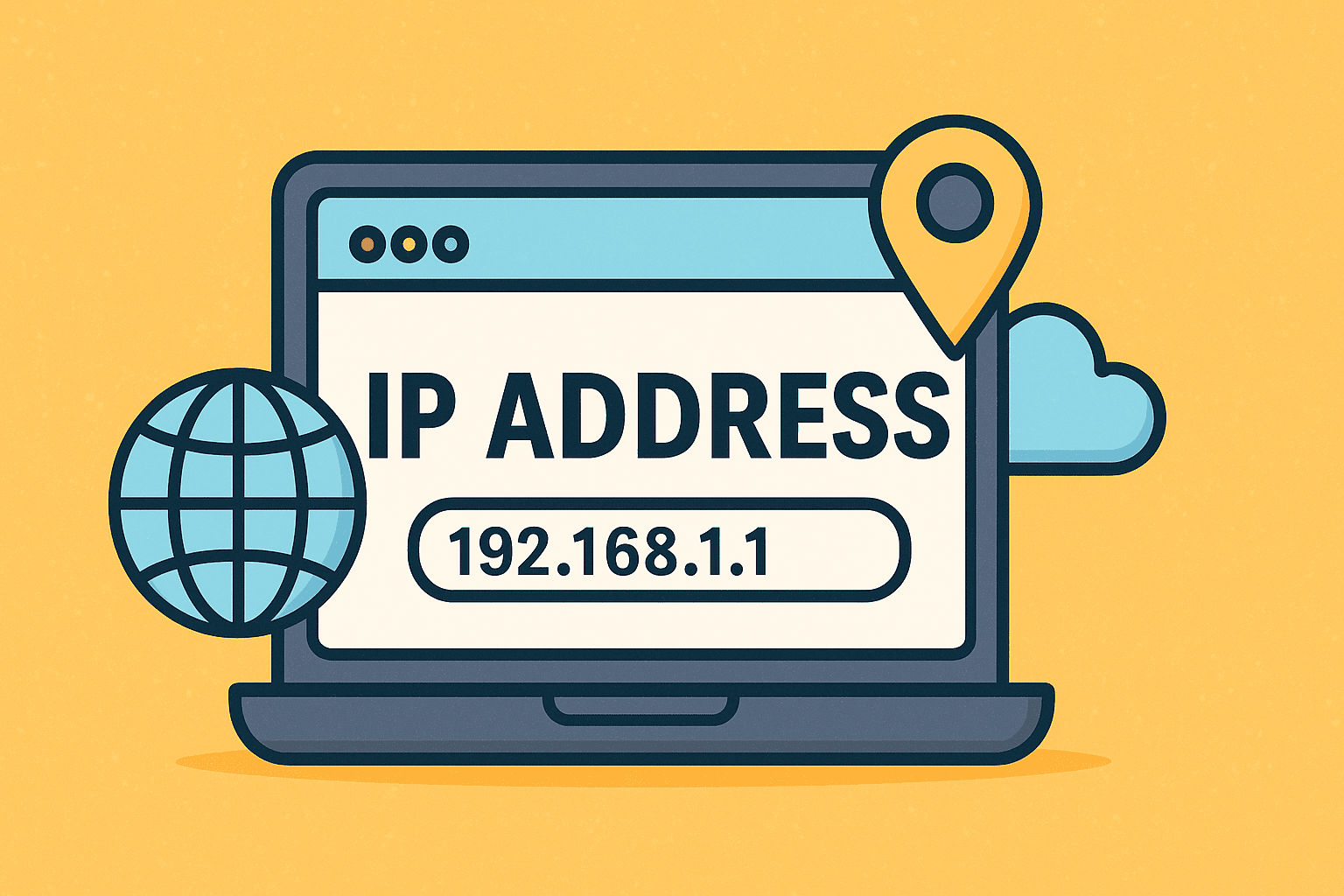Boosting Performance Through RAM Upgrades
Updated on September 16, 2025, by ITarian
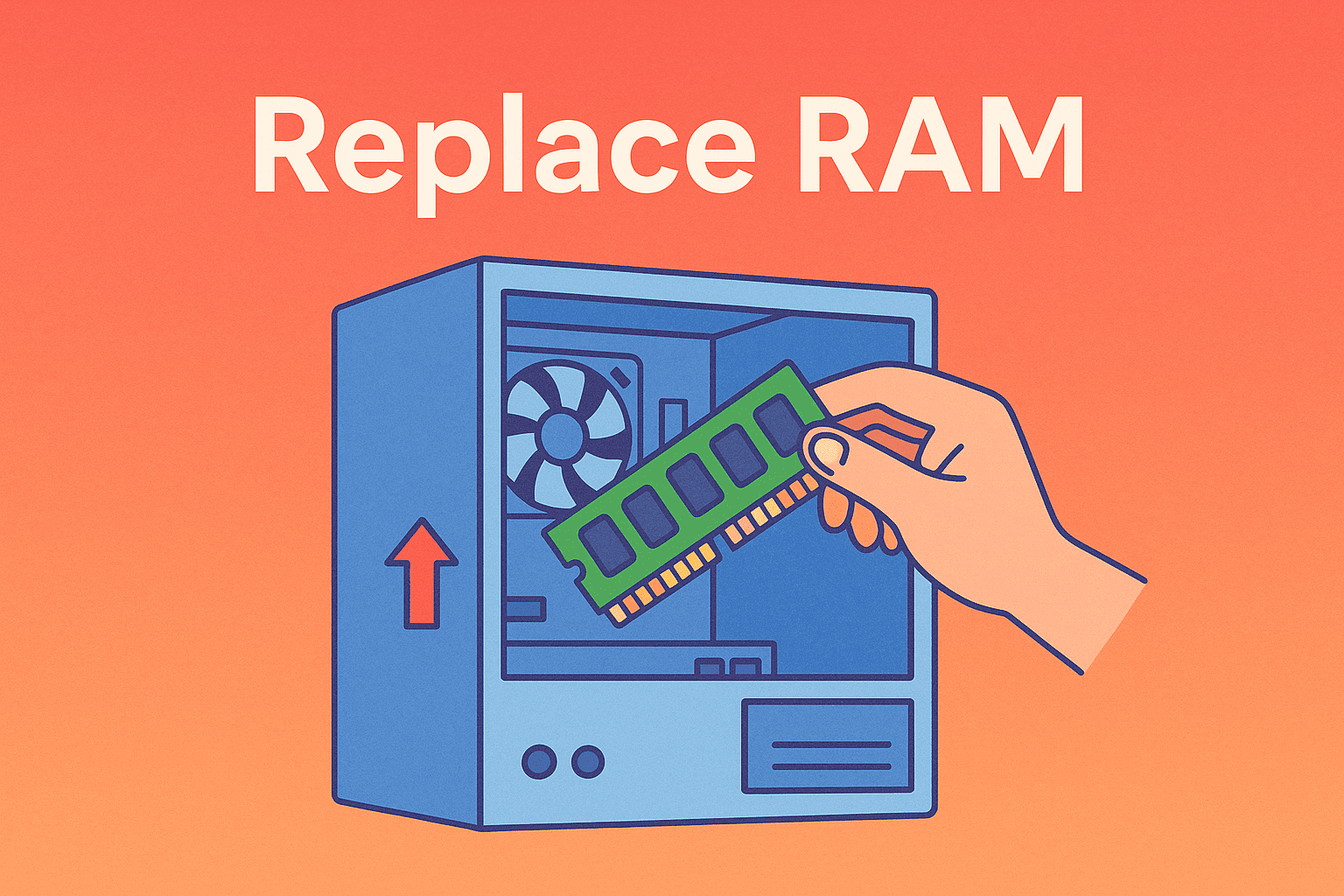
Ever wondered how to replace RAM to breathe new life into a sluggish computer? For IT managers, cybersecurity experts, and industry leaders, upgrading RAM is one of the most effective ways to improve performance without replacing the entire system.
RAM (Random Access Memory) directly affects multitasking, application speed, and overall system responsiveness. Whether you’re using Windows, macOS, or Linux, replacing RAM can drastically cut down processing delays, making it a cost-effective solution for boosting productivity.
Understanding RAM and Its Importance
Before learning how to replace RAM, it’s essential to understand its role.
- What is RAM?
RAM temporarily stores data your CPU actively uses, enabling faster access compared to storage drives. - Why It Matters:
More RAM means your system can handle more programs simultaneously without lag. - Types of RAM:
- DDR3: Older desktops/laptops
- DDR4: Common in current systems
- DDR5: Latest, high-speed standard
Knowing your system’s RAM type is crucial before starting the replacement process.
How to Check Existing RAM Specifications
Before replacing RAM, identify the type and size supported by your system.
Methods:
- Windows:
- Press Ctrl + Shift + Esc → Task Manager → Performance → Memory
- Or run wmic memorychip get capacity, speed, manufacturer in Command Prompt
- Mac:
- Apple menu → About This Mac → Memory
- Linux:
- Use sudo dmidecode –type 17
Key Specs to Note:
- RAM Type (DDR3/DDR4/DDR5)
- Capacity (GB)
- Speed (MHz)
- Number of slots available
Tools and Safety Precautions Before You Begin
Handling computer components requires preparation and caution.
Tools You’ll Need:
- Compatible new RAM module(s)
- Anti-static wrist strap
- Small screwdriver
- Soft cloth or mat
Safety Tips:
- Shut down and unplug the system completely
- Press and hold the power button for 10 seconds to discharge residual electricity
- Ground yourself with an anti-static strap to avoid damaging sensitive parts
Step-by-Step Process: How to Replace RAM
Step 1: Access the RAM Slots
- Desktops:
- Remove the side panel of the CPU case
- Laptops:
- Remove the back panel or dedicated RAM compartment cover
Be gentle to avoid damaging clips or screws.
Step 2: Remove Existing RAM (if needed)
- Push the side clips holding the RAM outward
- The RAM stick will pop up at an angle
- Gently pull it out from the slot
Step 3: Install the New RAM Module
- Align the notch on the RAM with the key in the slot
- Insert at a 30-degree angle
- Press down firmly until both side clips snap into place
Step 4: Reassemble and Power On
- Replace the case or panel cover
- Plug in and power on your system
- Confirm the system boots and detects the new RAM
Verifying Your RAM Upgrade
After replacing RAM, always verify if the system recognizes the upgrade.
Windows:
- Task Manager → Performance → Memory
Mac: - Apple Menu → About This Mac → Memory
Linux: - Run free -h or cat /proc/meminfo
If the system doesn’t detect the new RAM:
- Reseat the module
- Try different slots
- Ensure compatibility
Common Issues After Replacing RAM and Their Fixes
Sometimes, RAM upgrades don’t go smoothly.
Problem: PC won’t boot
Fix:
- Reinstall RAM securely
- Clear CMOS by removing the battery for 30 seconds
Problem: System shows less RAM
Fix:
- Check 32-bit OS limits
- Verify BIOS detects full capacity
Problem: Frequent crashes or blue screens
Fix:
- Test RAM with Windows Memory Diagnostic
- Run memtest86 to check for faulty modules
Best Practices for IT Managers and Cybersecurity Teams
In enterprise environments, RAM upgrades should follow structured protocols.
Recommendations:
- Maintain an asset inventory of RAM specifications
- Standardize RAM types across departments
- Document all hardware changes for auditing
- Use ESD-safe workstations during upgrades
- Schedule downtime and backups before large-scale upgrades
Upgrading RAM in multiple machines can extend their lifecycle and defer costly hardware refreshes.
Benefits of Replacing RAM
Upgrading RAM offers immediate and measurable performance gains:
- Faster application launches
- Better multitasking capability
- Reduced system lag
- Enhanced virtualization performance
- Improved cybersecurity tools performance (endpoint protection, EDR, etc.)
Frequently Asked Questions
1. How do I know if I can upgrade my RAM?
Check your motherboard’s specs or use tools like Crucial System Scanner or CPU-Z to see available slots and supported capacities.
2. Can I mix different RAM sizes and speeds?
You can, but it’s not ideal. Matching size, type, and speed ensures stability and optimal performance.
3. Does replacing RAM void warranty?
Generally, no. Most systems allow RAM upgrades, but check your warranty terms first.
4. How much RAM do I really need?
- 8GB for light office tasks
- 16GB for heavy multitasking or security tools
- 32GB+ for virtualization, compiling, or large datasets
5. Is replacing RAM better than upgrading to an SSD?
They solve different issues. RAM improves multitasking speed, while an SSD improves data access and boot times. For best results, combine both upgrades.
Conclusion
Learning how to replace RAM can significantly extend your computer’s lifespan and enhance performance. By following the right steps—checking compatibility, handling hardware safely, and verifying installation—you can upgrade with confidence.
For IT professionals and cybersecurity leaders, RAM upgrades across multiple systems can reduce lag, improve security software efficiency, and support advanced workloads without investing in new hardware.
Optimize Your IT Infrastructure with Itarian
Want to manage and monitor system performance across your organization efficiently?
Sign Up for Itarian to access powerful endpoint management, monitoring, and automation tools that help keep your infrastructure optimized and secure.


